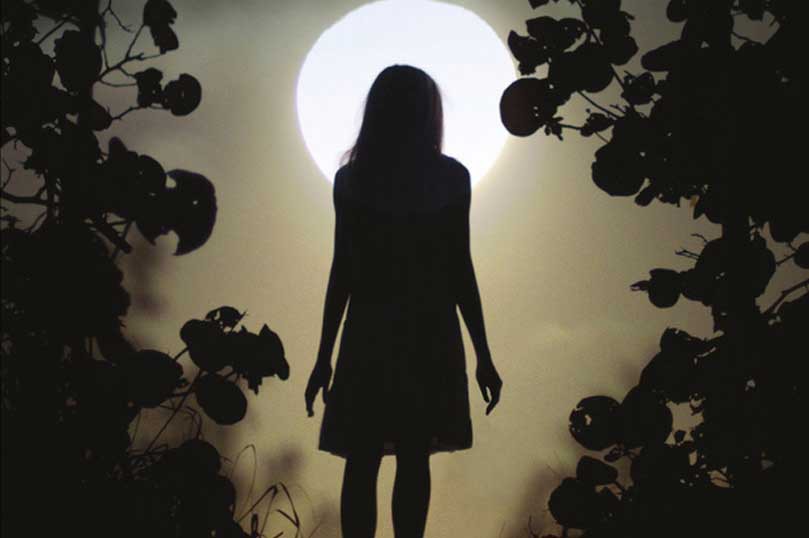
Werewolf Anthropology
Written by Rhiannon Held As a professional archaeologist and a writer, there’s one question I get pretty consistently: “Do you use archaeology in your writing?” Some of the people asking that essentially want to know if I’m rewriting Indiana Jones (No). Others assume I must use archaeology to create vast ancient civilizations for my epic…
